What is “digital transformation”?

Transformation means reshaping in Latin. In other words, the form changes. A digitally transformed travel map becomes a navigation system, for example. It shows us current traffic jam reports, possible routes depending on the means of transport and nearby rest stops. A digital photo of a map cannot do all this.
Transformation processes are therefore always processes in which the form itself is changed. Just like a caterpillar that becomes a butterfly. A product or service is (hopefully) raised to a higher level or newly created.
Sensors in agriculture provide us with information about missing nutrients, the status of irrigation, the risk of pests and the ripeness of the harvest, for example. This new form of agriculture makes it easier for us to feed ourselves in a highly efficient way.
When people talk about digital transformation in everyday life, they usually also mean the adaptation of companies to digital change using digital technologies.
Somewhat confusingly, the term transformation suggests that a final state can be reached. Like a project that has a beginning and an end, for example. D he digital transformation is here to stay for the foreseeable future. The Transformation can therefore only be an ongoing process and not a goal. be a goal.
When people talk about the transformation of industries today, they often add“4.0“. This alludes to the fourth industrial revolution. However, what is meant by Agriculture 4.0, Health 4.0, Industry 4.0 etc. depends heavily on the context and the time. What appears modern today for a “4.0” may be hopelessly outdated in just a few years’ time.
Source: based on: “Sluggish transformation. Which errors in thinking are blocking digital change” by Sascha Friese and Johanna Sprondel (highly recommended)




